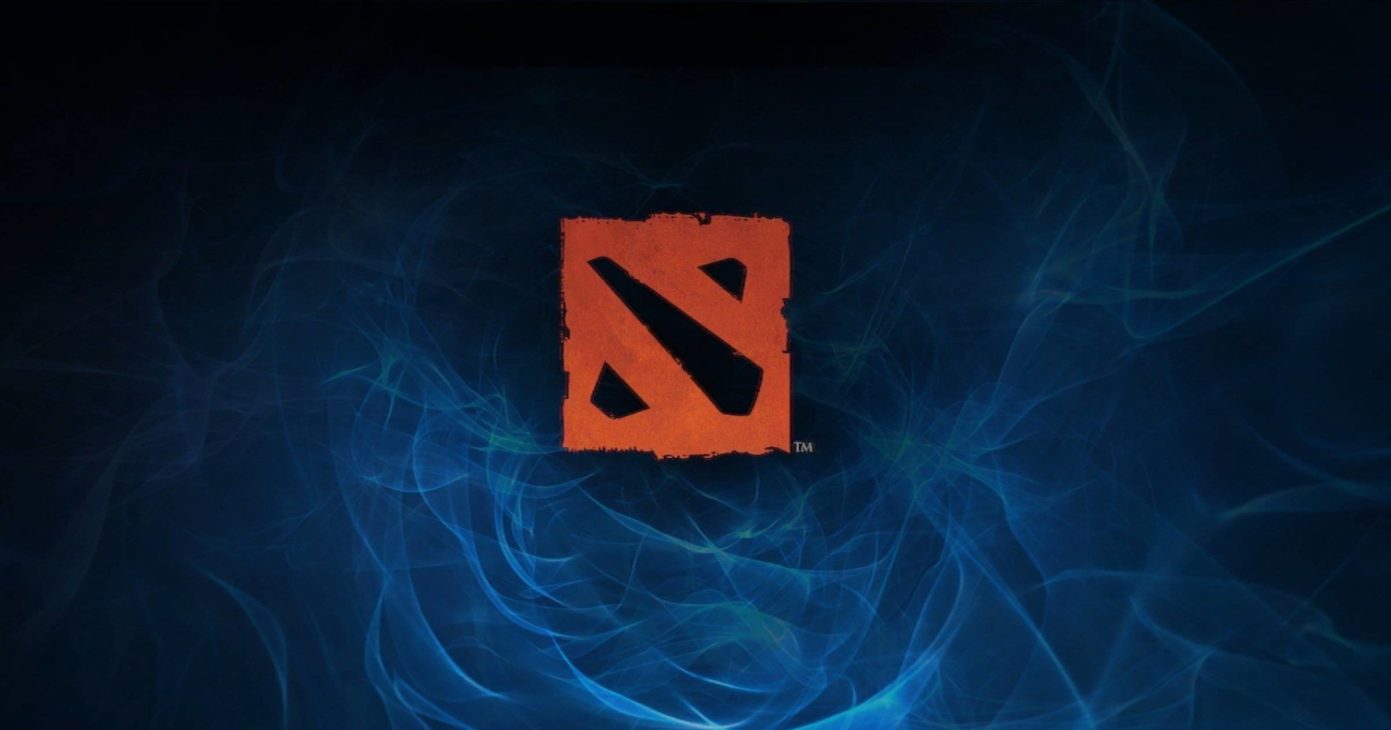Dota 2, the popular multiplayer online battle arena (MOBA) game, has captivated millions of players worldwide with its strategic depth and intense competition. Central to the experience is the Dota 2 MMR ranking system, which benchmarks players’ skill levels and allows for fairer matchmaking across the globe.
In January 2023, Valve released a new calibration for Dota 2’s ranking system that has both veteran and beginner players scratching their heads a little. But fear not, fellow MOBA gamer, as we’ve broken down the intricacies of the new Dota 2 ranking system right here.
Join us as we explore the components, mechanics and how Dota 2 determines a player’s progression in this short guide. Oh, we’ll also be giving away some top tips on how you can rapidly increase your MMR too!
Article Contents:
- Dota 2 Ranking MMR System
- Role Queuing
- Immortal Ranking System
- Ranked Confidence in Dota 2
- Glicko in Dota 2
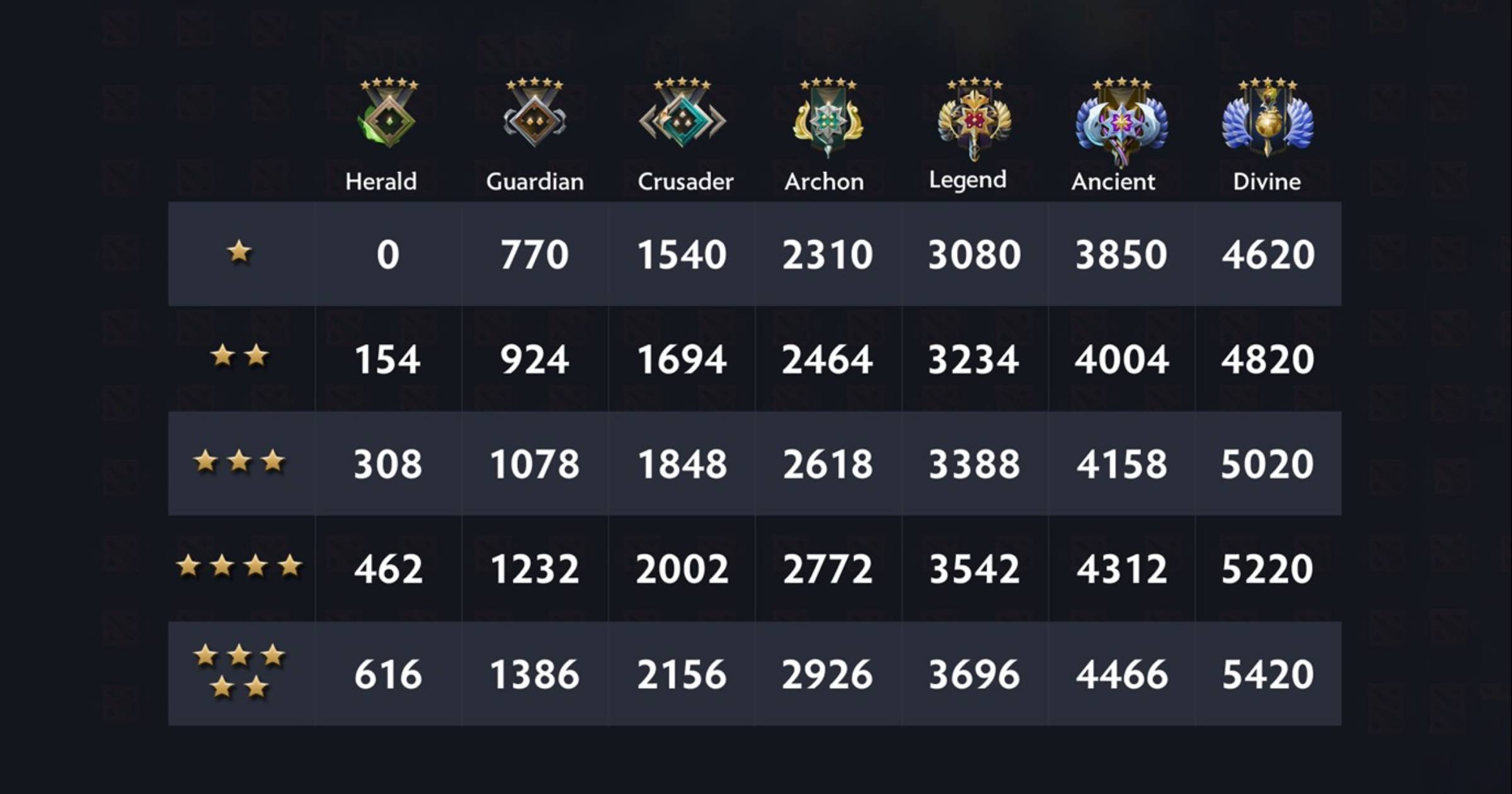
Dota 2 Ranking MMR: What is MMR?
At the heart of the new Dota 2 ranking system lies the Matchmaking Rating (MMR).
MMR serves as a numerical representation of a player’s skill level, determining their matchmaking placement and influencing the outcomes of their games.
Every Dota 2 player begins their ranked journey with a calibration phase. During this period, the game evaluates your performance in a set of calibration matches to determine your initial MMR. Similar to games such as Overwatch 2, Dota 2 also requires players to complete a series of matches before pitting them against like-for-like skillsets.
However, it gets a little more sophisticated from here.
Here are 5 ways that Dota 2’s ranking system makes for fair matchmaking:
- Core & Support MMR Rankings
- Solo & Party Queues
- Seasonal Rankings & Medals
- Behaviour Score & Impact
- The Uncertainty Factor
1. Core and Support MMR
Dota 2 recognizes that players may excel in different roles, such as core positions (Carry, Mid, Offlane) or support positions (Hard Support, Soft Support). To reflect this, the ranking system divides MMR into Core MMR and Support MMR. Again, this theoretically allows players to have separate ratings for each role; creating a fairer environment.
We have seen this before also in Overwatch with separate ranking systems for Tank, Support and Damage players. But again, reality doesn’t always align with theory.
2. Solo Queue and Party Queue
Dota 2 offers two primary modes for ranked matchmaking: Solo Queue and Party Queue.
In Solo Queue, players participate individually, solely relying on their own skills. In Party Queue, players can team up with friends or other players to form a party. While this is common across many games, your MMR is slightly adjusted depending on whether you are playing in solo mode or party mode.
As such, many Dota 2 players often use Dota 2 duo boost service to complete party queue matches with professional players. Whilst this means they improve their rankings, it doesn’t necessarily mean they will be up to the task when matched with better players. So, you’ll find a lot of players out of their league being carried a little.
3. Seasonal Rankings and Medals
To keep the competitive spirit alive and introduce periodic resets to level the playing field, Dota 2 employs a system of seasonal rankings and medals. At the end of each season, players receive a new medal based on their MMR.
Medals in Dota 2 do not directly affect your MMR rating, however, they are awarded based on improving your MMR rating. Just a little something for you to put on your mantle.
4. Behaviour Score & Impact
In addition to separating core and support MMR, the Dota 2 ranking system also goes beyond MMR, taking into account players’ behaviour through the Behavior Score algorithm.
Behaviour Score reflects a player’s conduct in games, including communication, cooperation, and adherence to rules. So, if you are the rage-quitting type, your behaviour score will be negatively impacted.
5. The Uncertainty Factor
Finally, on top of MMR ratings, Dota 2 also recognises the natural progression and fluctuations in players’ skill levels. To assist with this, Dota 2 incorporates an uncertainty factor into the ranking system. This factor influences the magnitude of MMR changes after each match, allowing for faster adjustments for highly uncertain accounts.
Also known as Glicko, Dota 2 can identify smurfs or players who are playing within a lower tier than what they should be. When identified, these players will see steeper MMR boosts so that they reach their actual level faster.
Likewise, any players who are over-ranked will decline faster.
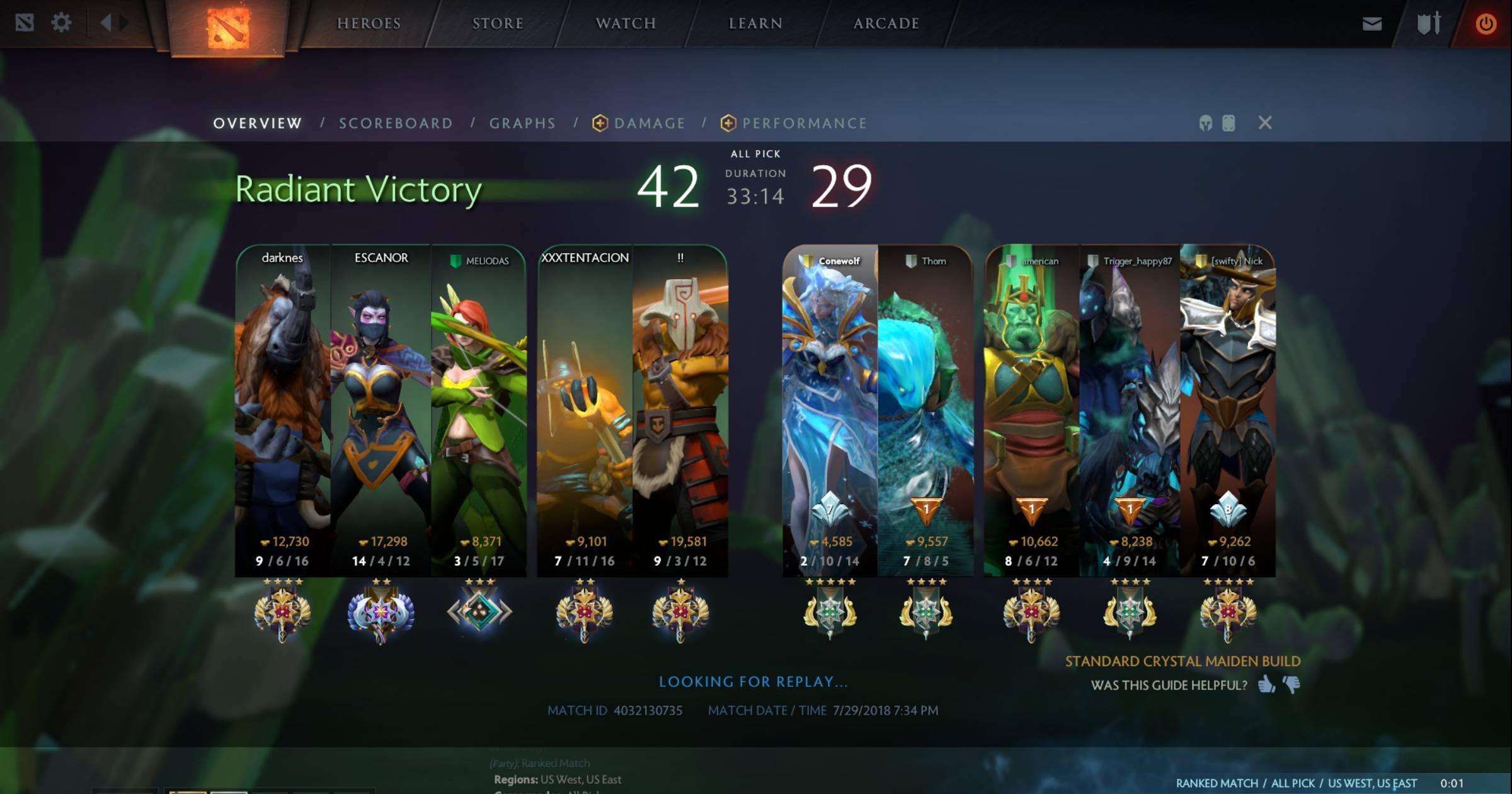
How does the role queue work?
Valve has been tinkering with the role queue system in Dota 2 since 2019, making several updates in 2020 to ensure its smoother operation. During the original Dota 2 release, rankings for both core and support roles were combined. This made the game very unfair for players who were strong in one category and not the other.
However, the new Dota 2 MMR ranks recognise that players may excel in different roles, such as core positions (Carry, Mid, Offlane) or support positions (Hard Support, Soft Support). To reflect this, Dota 2 divides MMR into Core MMR and Support MMR. Again, this theoretically allows players to have separate ratings for each role; creating a fairer environment.
While the role queue system puts an end to role conflicts within games, it has, unfortunately, however, also led to longer queue times for players in higher-skill tiers. That said, there is the option to use the Classic queue system if you find yourself waiting a while to find a game in your skill bracket and are capable of playing any role reasonably well.
In Dota 2, the role queue system also gradually learns what type of player you are, ensuring that you won’t be heavily penalized for losing a game in an unfamiliar role. Most support players will find themselves comfortable playing their role in nearly every game. On the other hand, highly sought-after core roles may not always be available, resulting in situations where you may need to step up and play as a support for a match.
This selfless act of playing a support role grants you a token that you can redeem to secure your preferred role in your next game, albeit with a slight decrease in your matchmaking rating (MMR) based on your performance. While you’re queuing for your primary role(s), the matchmaker will take your entire MMR into consideration. However, queuing for a less favored role will result in the game placing you in a match with a lower average MMR, ensuring you don’t feel out of place when playing a position you’re less accustomed to.
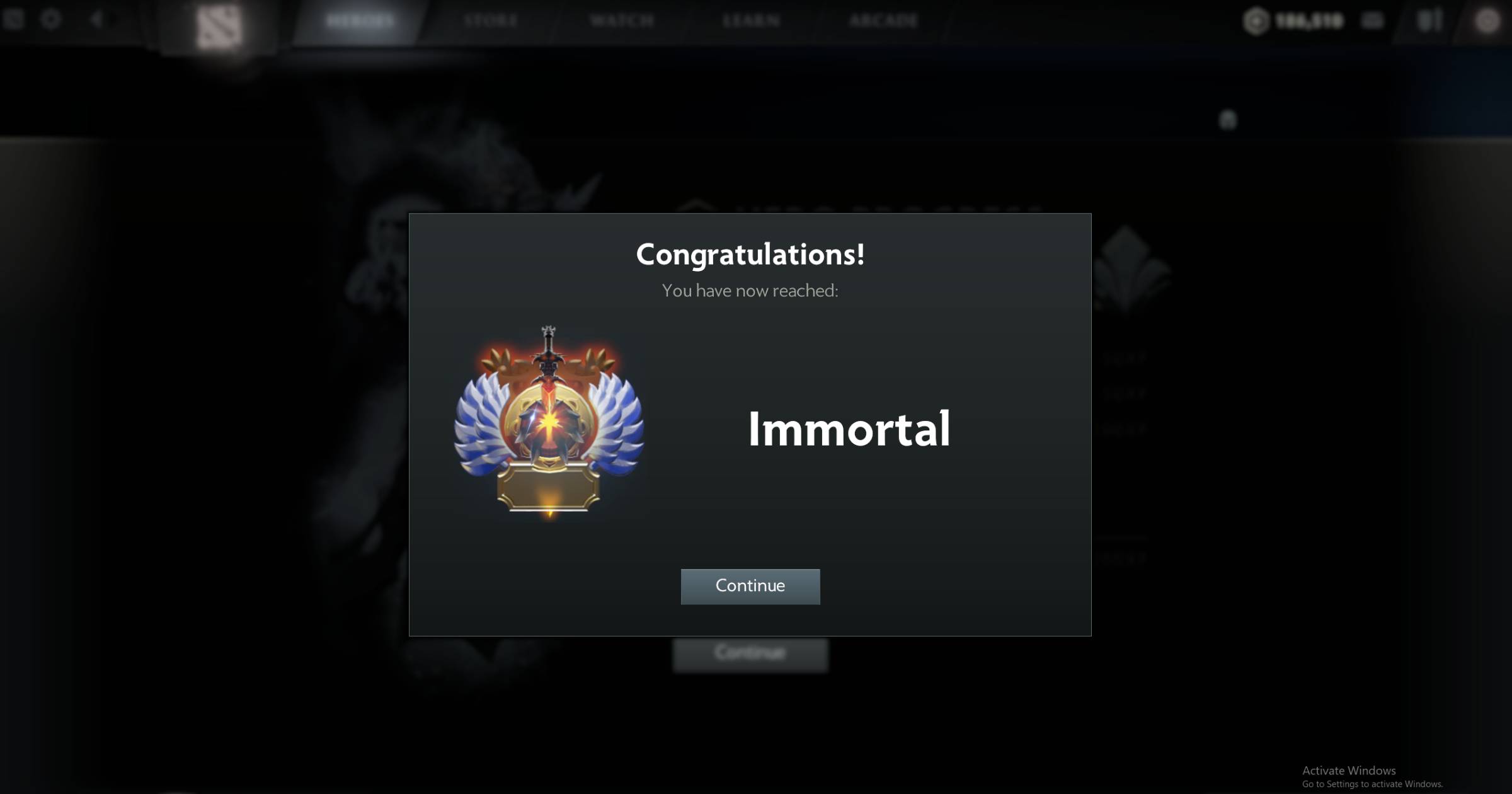
How does Immortal Rank work in Dota 2?
Immortal is not the final destination for ambitious Dota 2 players. It’s like reaching the peak of Mount Everest and realizing there’s an amusement park waiting for you up there.
Winning games in the Immortal bracket not only boosts your MMR in Dota 2, but also catapults you onto the regional leaderboards where you can earn an individual rank. It’s like being awarded a golden crown for your gaming prowess.
Now, here’s the catch: your coveted spot on the leaderboard comes with an expiry date. Just like a ripe banana, if you don’t play at least one ranked game every 21 days in your region, you’ll be unceremoniously plucked from the leaderboard due to inactivity. But don’t worry, your MMR will stay with you, like a loyal pet that refuses to leave your side.
When it comes to Immortal matchmaking, forget about traditional team formations. Dota 2 takes matchmaking to a whole new level of madness. Picture this: when an Immortal match begins, the game randomly selects two captains who have the daunting task of handpicking the remaining eight players for their teams. It’s like a chaotic playground game of “choose your teammates” where friendships can be forged or shattered in an instant. It’s like playing a game of musical chairs, but with Dota heroes.
In a way, this system brings back memories of the good ol’ days when Dota 2 communities organized in-house leagues. It’s a nostalgic nod to those times when you had to rely on the luck of the draw to assemble a team worthy of victory.
So, embrace the craziness, channel your inner captain, and may the Dota gods smile upon you as you navigate the wild world of Immortal matchmaking.
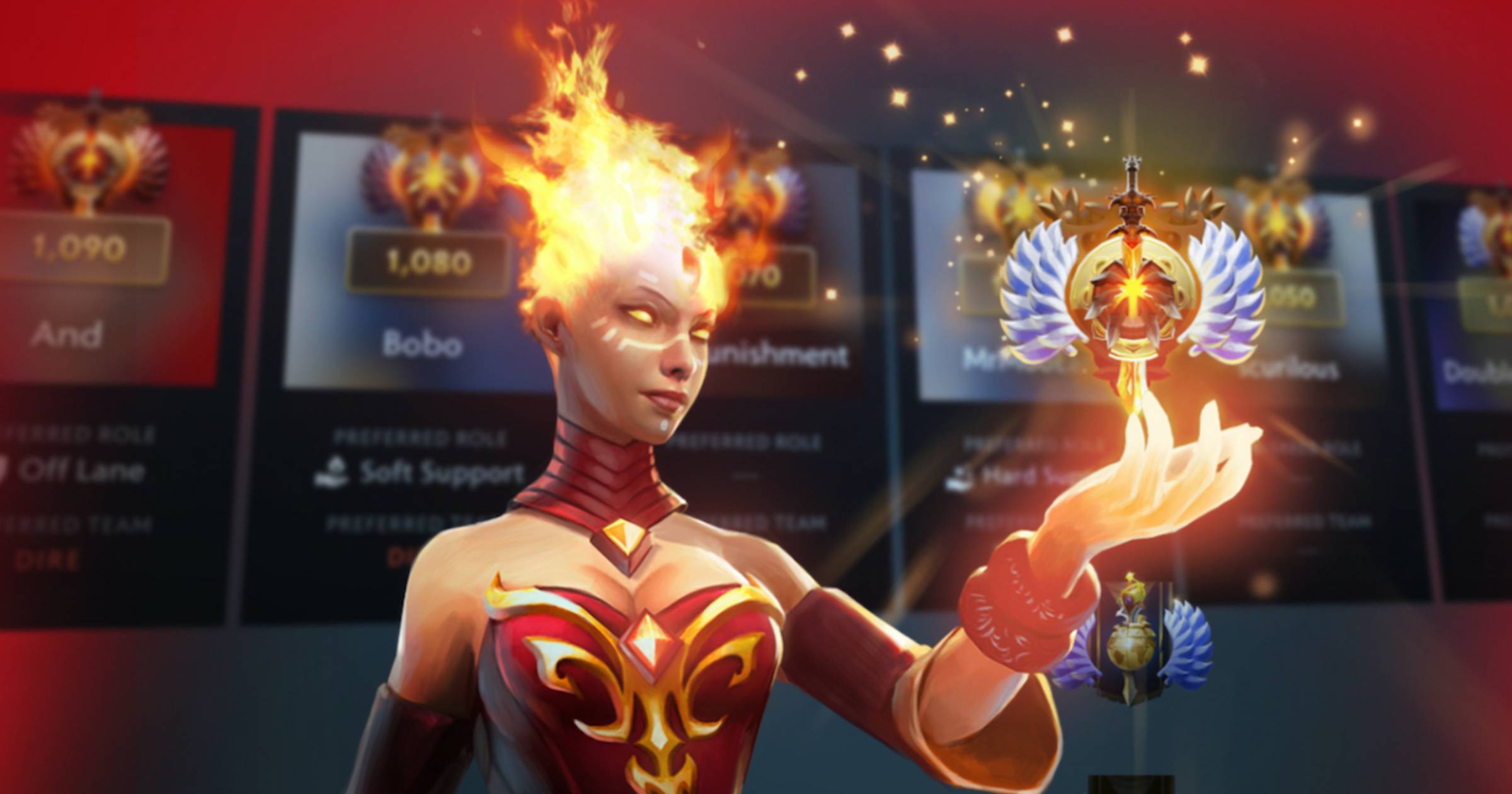
What is Ranked Confidence in Dota 2?
Naturally, the skill level of both a single player and the Dota 2 community can waiver both upwards and downwards. And, because the ranking system of Dota 2 will rank you entirely based on your skill level, there must also be a layer of proof-checking to increase accuracy.
As such, to enhance the effectiveness of its matchmaking system, Dota 2 has introduced an additional factor known as “ranked confidence.”
Ranked Confidence is the deciding factor during matchmaking in Dota 2 whereby the system determines how accurate your current ranking is by analysing the most recent results. By actively engaging with the game (and providing more data), you are inadvertently increasing the confidence and accuracy of the ranking system in your abilities.
As a result, your games will always be fairly matched.
However, on the other hand, if you stop playing Dota 2 for an extended period of time, you may find that you will need to play a few matches first before Dota 2’s ranking system can gain a better understanding of your current abilities; compared to others. This means that your first few games might result in your opponents having a wider range of MMR.
Ranked confidence became an integral part of Dota 2’s ranked system with the implementation of patch 7.33 on April 20, 2023. This update also introduced the Glicko matchmaking algorithm to enhance the overall matchmaking experience in Dota 2.
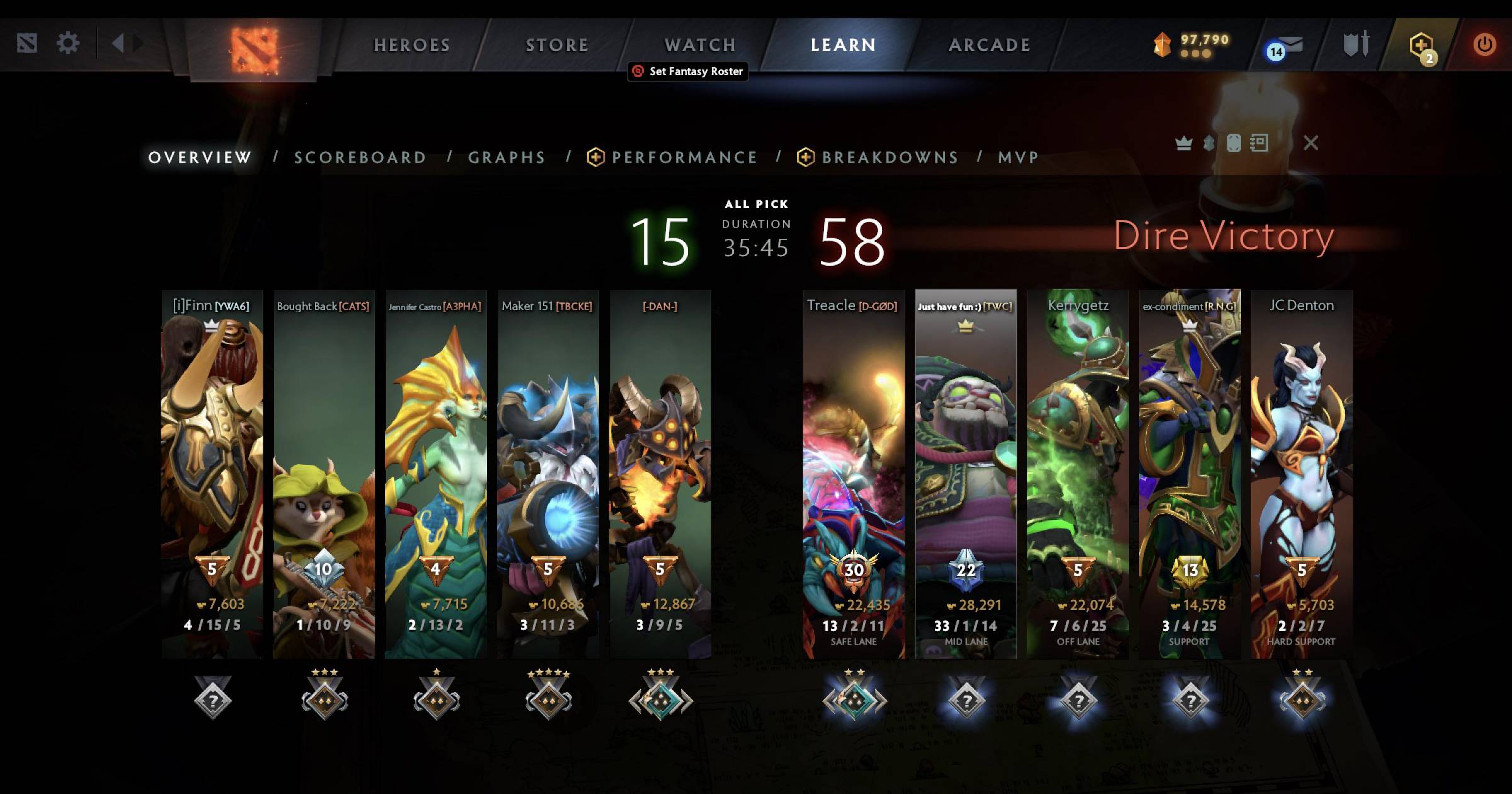
What is Glicko in Dota 2?
To further improve the efficiency of the “Ranked Confidence” algorithm, Dota 2’s current matchmaking system also utilizes the Glicko algorithm. This enables a more accurate estimation of players’ skill levels through the Ranked Confidence feature and can be seen in other games such as Pokémon Go.
In Dota 2, Glicko operates in two key ways:
Firstly, Glicko detects Smurf accounts that are intentionally playing in lower skill brackets. Consequently, these smurfs can earn significantly higher Matchmaking Rating (MMR) gains from their matches, approaching their actual MMR quickly. While not foolproof, Glicko makes a great attempt at quashing Smurfs who intentionally ruin the game for others.
Secondly, when the ranking system identifies a player performing poorly in a higher skill bracket, it can result in a greater loss of MMR for that player. Again, this accelerates their progression toward their true skill level.
By incorporating the Glicko algorithm, Dota 2’s matchmaking system aims to address issues related to smurfing and expedite the alignment of players’ MMR with their actual skill levels.
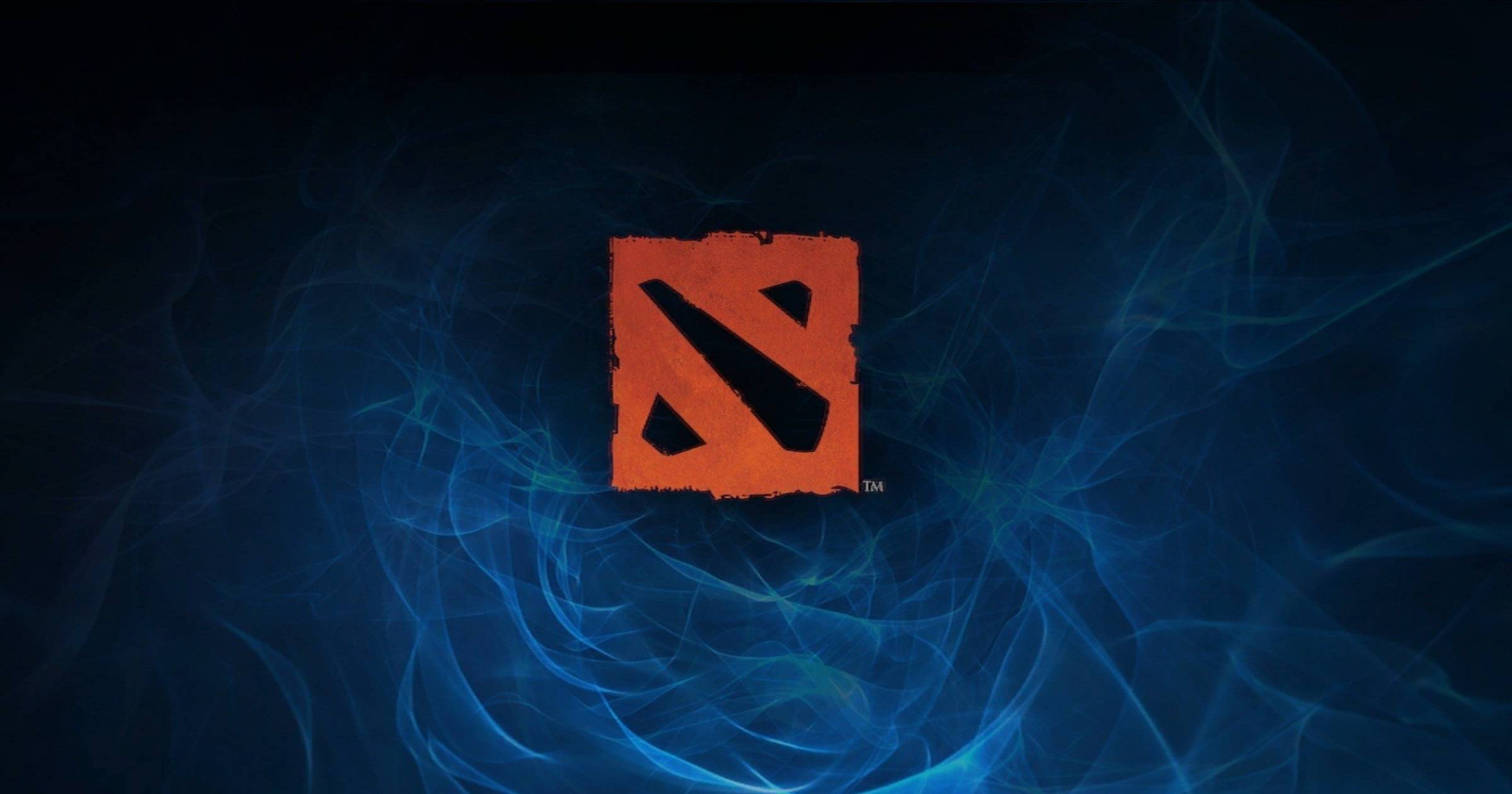
The Final Word
The Dota 2 ranking system is a complex and dynamic framework that strives to ensure fair and competitive matchmaking for players of all skill levels. By understanding its intricacies, players can make informed decisions, track their progress, and level up quickly.
In this article, we have explored the key elements of the ranking system, from MMR calibration and role-based ratings to seasonal rankings and behaviour scores. Armed with this knowledge, you can now navigate the Dota 2 ranked ladder with confidence, ready to face the challenges that lie ahead. Just remember, focus on a few heroes rather than spreading yourself too thinly across the 123 heroes that are available in Dota 2.
What are your thoughts on Dota 2’s ranking system? Hit the comments below!
Content Disclaimer: This explainer on Dota 2 rankings has been independently written. GamePro has not been commissioned by Dota 2, nor have we received any royalties for this article. This includes financial reimbursement, free advertising or Dota training.
Should you click on any link to Amazon and make a purchase, we may receive a small commission. But that’s just how we keep this website alive! Feel free to hit us up in the comments with any questions you have about Dota and we’ll hit you back!
